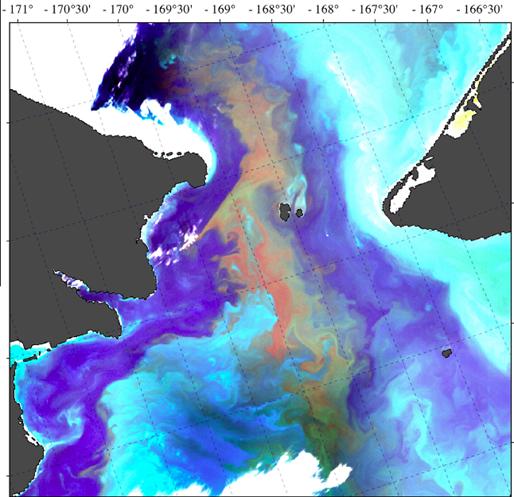Rapid and uncontrolled urban growth and land use changes in watersheds worldwide have led to increased surface runoff within metropolitan areas, coupled with climate change, creating a risk for residents during the rainy season. The city of San Luis Potosí is no exception to this phenomenon. One affected watercourse is the Garita Stream, which flows inside the city near urbanization. It is essential to analyze the effects of urban sprawl on this stream based on historical precipitation data for the town. Hydrological and topographical information were required to conduct this research. The hydrological study of the basin involved analyzing the region’s geomorphology and historical climatological data. For the stream’s topography, aerial photogrammetry using an unmanned aerial Vehicle (UAV) and Global Navigation Satellite System (GNSS) equipment was employed to conduct topographic surveys in the area. To find out when the Garita stream would overflow and which areas are most likely to flood, numerical modeling was done using 1D, 2D, and 3D programs like SWMM5 (Storm Water Management Model), HEC-RAS (Hydrologic Engineering Center’s River Analysis System), and EDFC Explorer (Environmental Fluid Dynamics Code). These models simulated different return periods and their correlation with current flooding events recorded in the area, thereby further proposing solutions to mitigate overflow issues. By conducting these simulations and analyzing the results, solutions can be suggested to address the overflow problems in the area based on historical flood events at various return periods caused by the Garita Stream.

Identifying flood-prone areas is paramount as the city’s urban expansion continues. The Garita Stream basin is an area invaded by urban expansion. Although it is not a very large area, a detailed analysis is required to understand the effects of rainfall within the city. The lack of up-to-date information on rainfall, use, type of soil, and topography of the area led to the acquisition of information in the field. Like other branches, the topography is different and multidisciplinary. With the advancement of technology, it is of great importance to update methodologies and disciplines, such as geodesy and photogrammetry, that may be involved in carrying out a study more precisely, faster, and cheaper. As this is a temporary stream, it does not have hydrometric information recorded for modeling, so for this topography, details are necessary to know the conditions of the stream and the urban area. Using a UAV for a topographic survey and GNSS receivers present greater precision than traditional surveys for modeling projects, in addition to a detailed overview of what is found in the area to be studied in a shorter time.
Rapid and uncontrolled urban growth and land use changes in watersheds worldwide have led to increased surface runoff within metropolitan areas, coupled with climate change, creating a risk for residents during the rainy season. The city of San Luis Potosí is no exception to this phenomenon. One affected watercourse is the Garita Stream, which flows inside the city near urbanization.
It is essential to analyze the effects of urban sprawl on this stream based on historical precipitation data for the town. Hydrological and topographical information were required to conduct this research. The hydrological study of the basin involved analyzing the region’s geomorphology and historical climatological data. For the stream’s topography, aerial photogrammetry using an unmanned aerial Vehicle (UAV) and Global Navigation Satellite System (GNSS) equipment was employed to conduct topographic surveys in the area. To find out when the Garita stream would overflow and which areas are most likely to flood, numerical modeling was done using 1D, 2D, and 3D programs like SWMM5 (Storm Water Management Model), HEC-RAS (Hydrologic Engineering Center’s River Analysis System), and EDFC Explorer (Environmental Fluid Dynamics Code). These models simulated different return periods and their correlation with current flooding events recorded in the area, thereby further proposing solutions to mitigate overflow issues. By conducting these simulations and analyzing the results, solutions can be suggested to address the overflow problems in the area based on historical flood events at various return periods caused by the Garita Stream.
Sources:
Scientific Reports
https://www.nature.com/articles/s41598-024-66743-1 .
Provided by the IKCEST Disaster Risk Reduction Knowledge Service System
Comment list ( 0 )
